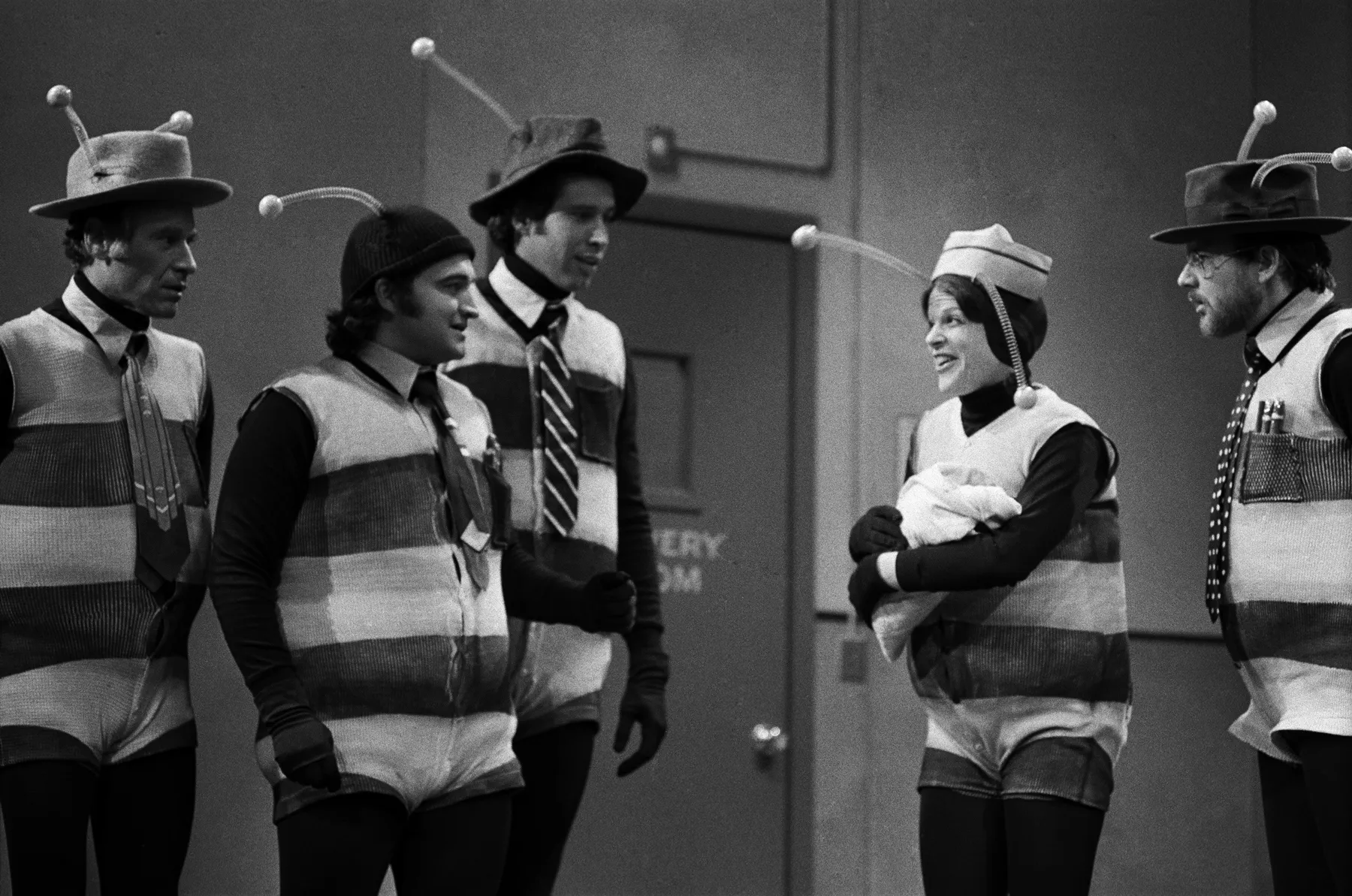Saturday Night Live: The Evolution from Chaos to Comedy Institution

The Birth of Saturday Night Live in 1975
Saturday Night Live revolutionized the comedy landscape when it premiered on October 11, 1975. It was a bold experiment that combined sketch comedy with live performances, bringing together talented cast members like Chevy Chase and Gilda Radner. Lorne Michaels, the mastermind behind the show, set out to create something entirely different—something that resonated with a generation yearning for laughter.
Highlights of the Early Years
- Innovative Format: SNL introduced a unique blend of comedy that incorporated political satire and pop culture references.
- Notable Cast Members: Chevy Chase became one of the most recognizable faces of the early show, showcasing his talents in various characters and sketches.
- Cultural Impact: SNL’s brand of humor challenged societal norms and became a significant influence on later comedians and shows.
Transitioning into a Comedy Institution
Over the years, Saturday Night Live transitioned from its chaotic roots to become a staple of American television. The show's ability to adapt to new cultural contexts has been crucial in maintaining its relevance. Through continuous innovation, SNL has solidified its place in television history as a trusted source of comedy.
The Legacy of SNL
- Enduring Popularity: Despite changes in cast and format, SNL remains a go-to platform for political commentary and rising talent.
- Global Influence: The show's format has inspired versions across the globe, highlighting its universal appeal.
This article was prepared using information from open sources in accordance with the principles of Ethical Policy. The editorial team is not responsible for absolute accuracy, as it relies on data from the sources referenced.